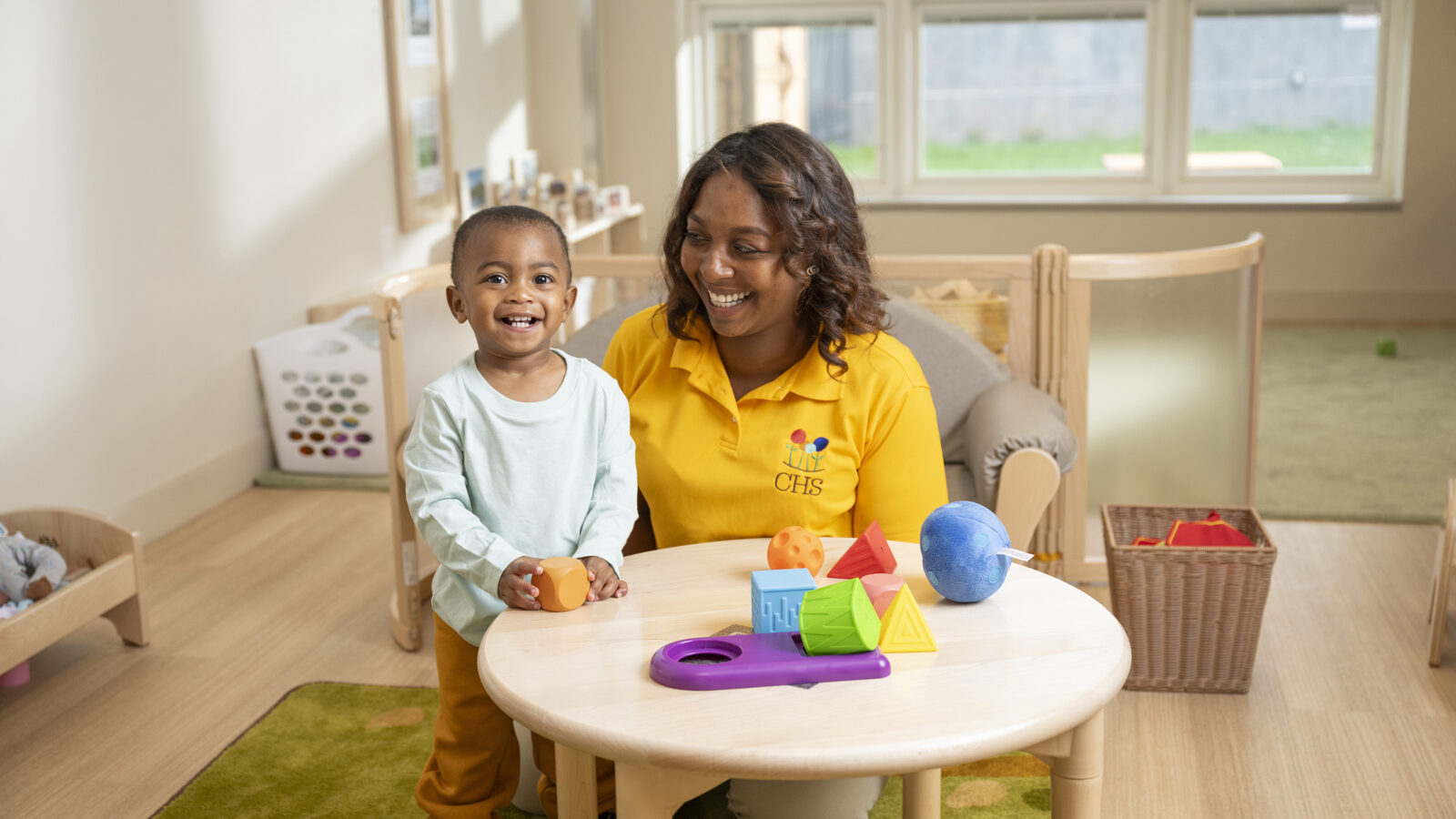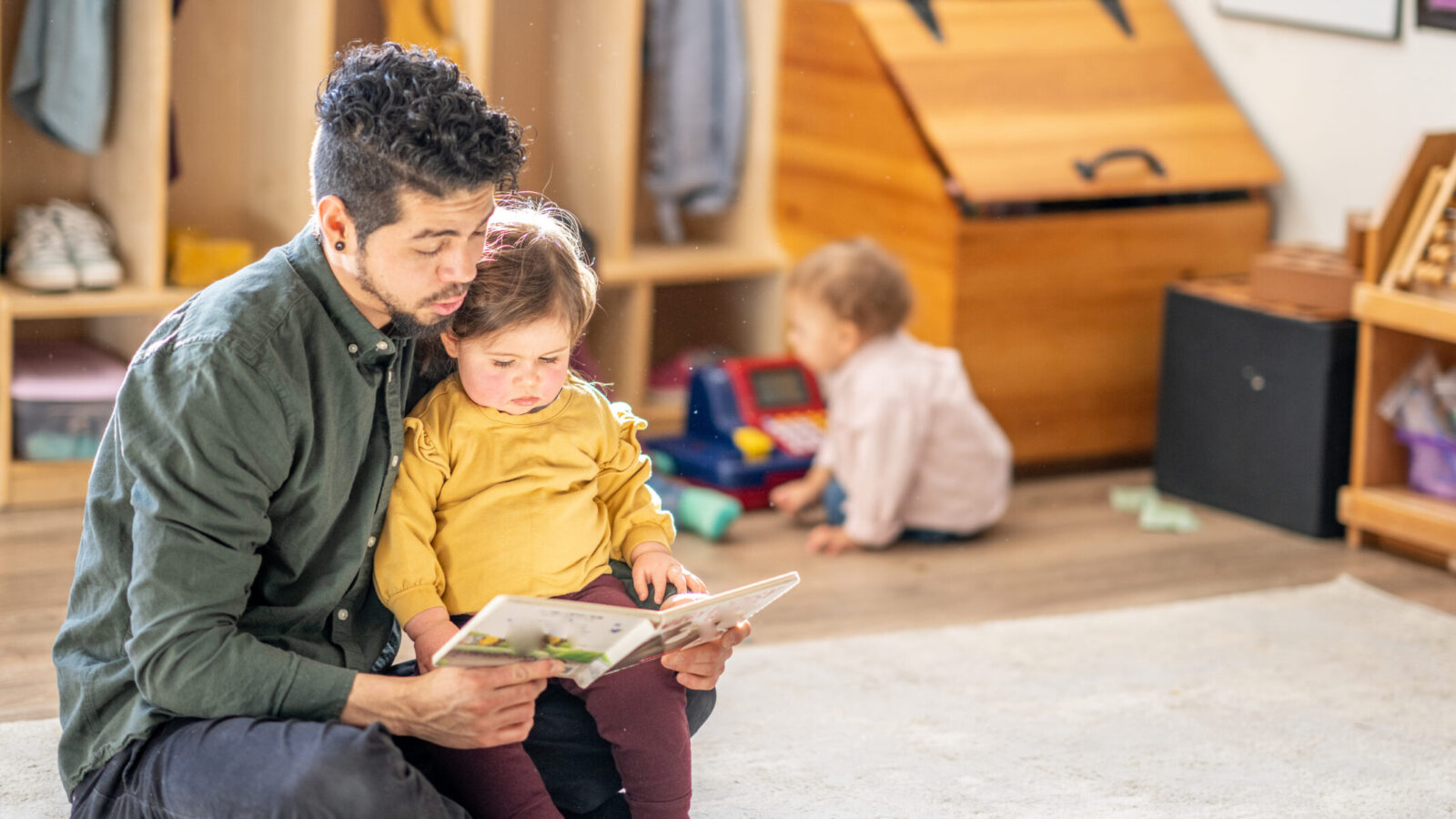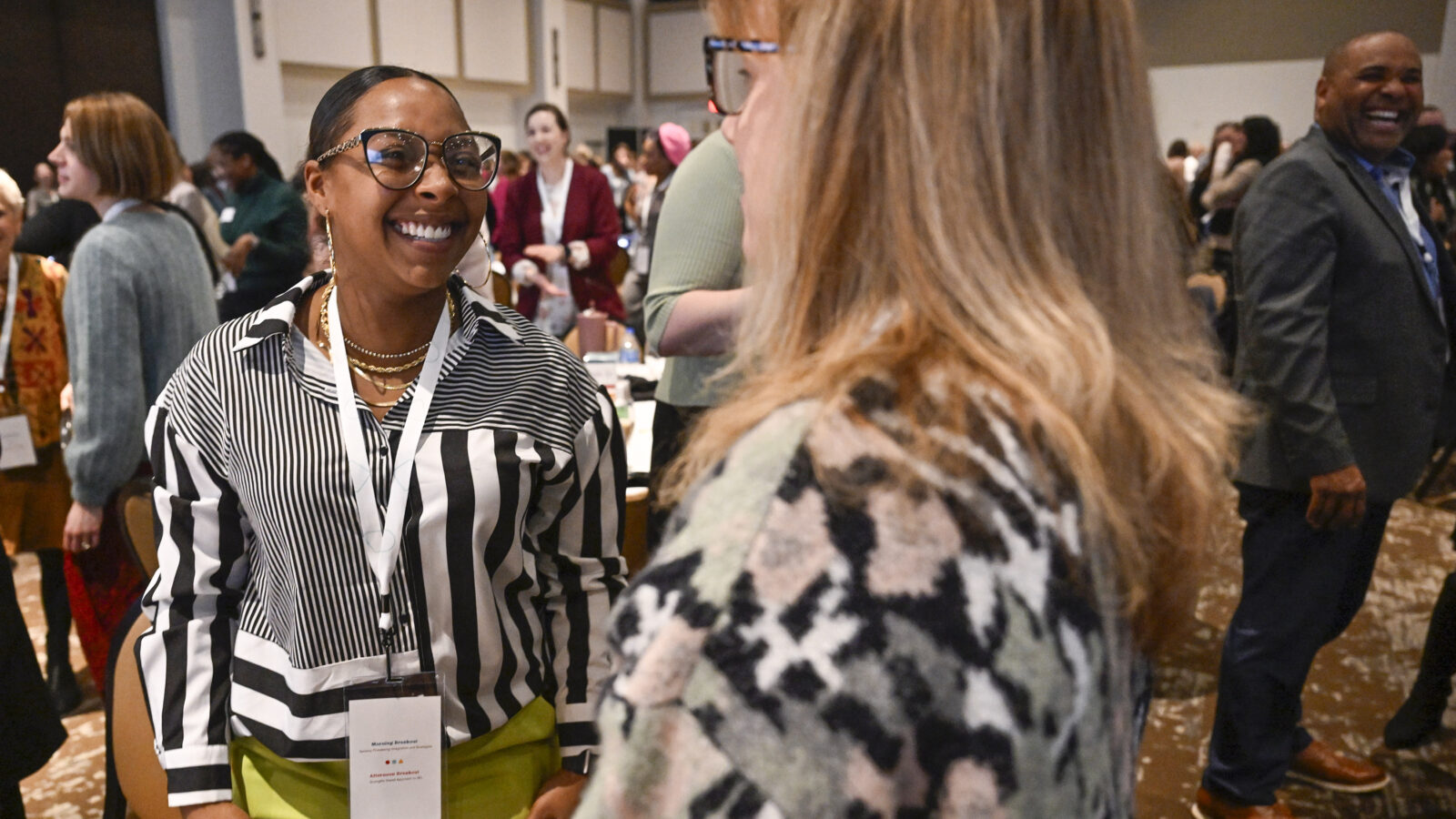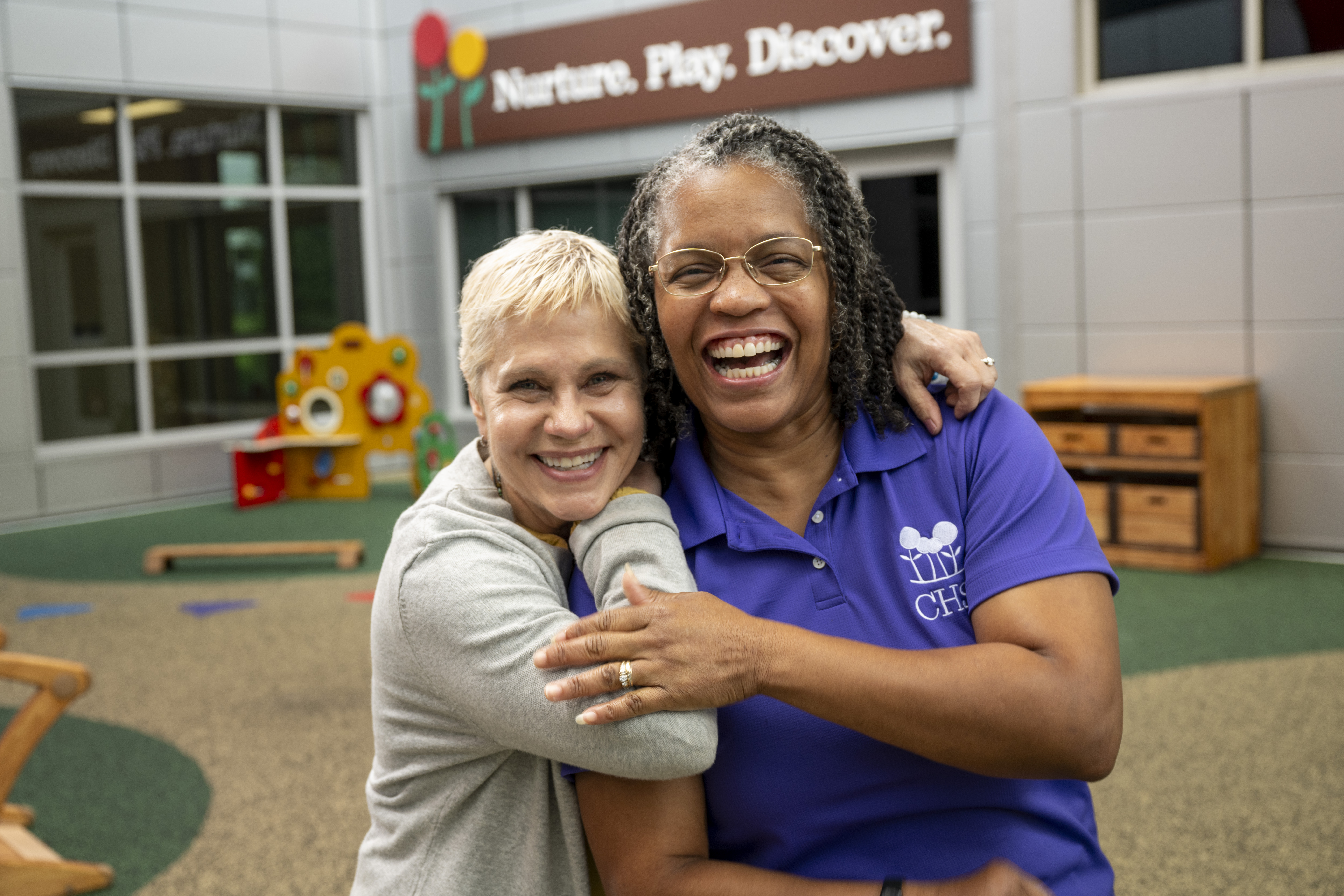An Introduction to a Project-Based Approach
A project-based approach involves children learning through real-world, hands-on exploration, fostering curiosity and problem-solving. In this approach, children serve as the leaders of the educational topic choice and teachers serve as guides.
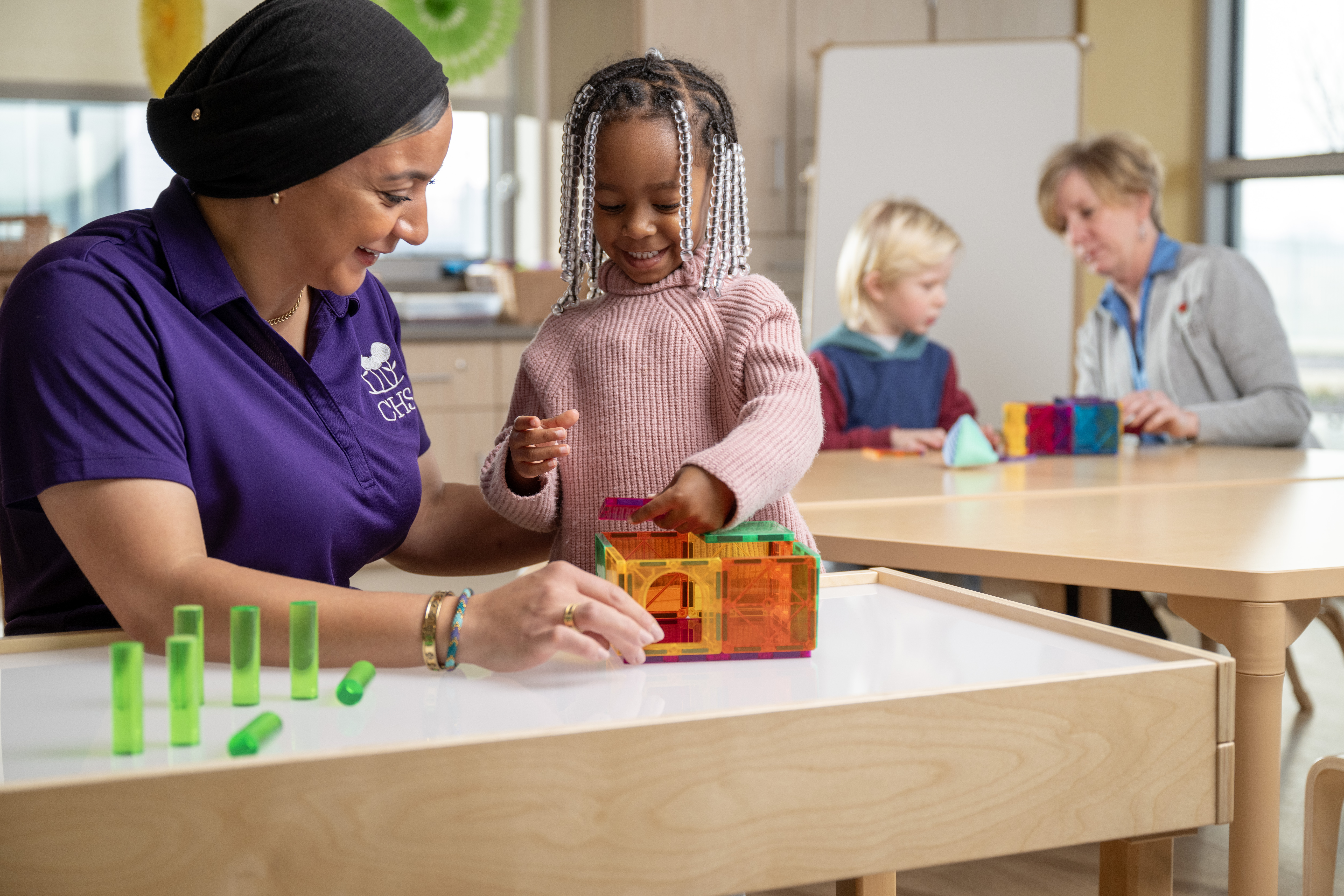
By Jessica Bailey, Center Director, Catherine Hershey School for Early Learning, New Danville.
Children are inquisitive by nature and seek new experiences all the time. They ask frequent questions and live in the world of “why.” Dr. Lilian Katz, a leader in early childhood education, states that “all children are born with the disposition to make sense of their experiences.” This natural curiosity is the foundation for meaningful learning. To foster deeper understanding, early childhood educators must create opportunities for children to explore, investigate, and construct knowledge through hands-on experiences. One approach to do this is through project-based learning. Continue reading to learn more about this approach, discover its benefits, and learn how to implement it into your work.
What is a Project-Based Approach?
A project-based approach to learning is a teaching method that allows children to learn through their real-life experiences in an immersive, hands-on process.
Understanding the purpose and full scope of a project-based approach is key to creating a positive learning experience for all children involved. This educational approach involves in-depth, hands-on investigations into topics of most interest and usually derive from real-world experiences and opportunities.
This approach builds a curriculum that helps children to gain a deeper and fuller understanding of these experiences. Children become the leaders of the educational topic choice and teachers scaffold opportunities to answer questions and build crucial knowledge from their interests.
A project-based approach differs from other approaches such as weekly/monthly themes. While the weekly/monthly themes approach typically focuses on exploring a set topic for a short duration with activities predetermined by the teacher, project-based learning emphasizes a long-term, immersive investigation where children play an active role in choosing the direction of their learning. Having said that, project-based learning can also be effectively blended with other early childhood educational models to create a dynamic, well-rounded learning experience.
Does CHS Support a Project-Based Approach to Learning?
At Catherine Hershey Schools for Early Learning, we recognize the benefits for children who participate in a project-based learning experience. Some benefits include:
- Allowing children who are interested in art, physical activities, or language to each learn and represent their growth through those areas.
- Providing children an opportunity to work independently, with partners, or with a larger group.
- Teaching children how to ask questions, problem solve, and build steps in a process.
- Children learning creativity, teamwork, perseverance, and even how to manage disappointment.
This collaborative work offers investigative opportunities at each child’s individual level of knowledge and interest, while accomplishing the project’s needs. Dr. Katz states, “children involved in project work are encouraged to serve the group needs and share responsibility for what’s accomplished.” The skills children develop go beyond collaboration and academic knowledge.
Are there Challenges to a Project-Based Approach?
For some educators, the biggest challenge to the project approach is letting go of full control and allowing children to be the leaders of their learning process. Teachers must become the guide and provide the opportunities while taking cues from the curiosities of the children. We must “provide many opportunities for children’s natural curiosity to manifest itself. With very young children, our role is one of supporter and guide,” stated Dr. Katz.
Three Phases of Project-Based Learning
The Illinois Early Learning Project outlines three phases in the project-based learning approach, each building upon the last to culminate in a final project.
Phase 1: Identifying Interests & Sparking Inquiry
- Observe and recognize children’s emerging interests.
- Identify a topic of study based on their curiosity.
- Introduce the topic in an engaging way, such as setting up provocations (e.g., nests, feathers, or eggs for a bird study).
- Encourage open-ended discussions about what children already know and what they want to learn.
- Develop inquiry-based questions, brainstorm ways to find answers, and make predictions as a group.
Phase 2: Research & Exploration
- Provide books, videos, and other resources to help children investigate.
- Introduce hands-on experiences, such as field trips, guest experts, or nature walks.
- Set up creative centers (e.g., art area for drawing birds, building materials for nests or habitats).
- Facilitate discussions where children share their discoveries and ask new questions.
- Be flexible—this phase can last a few days or weeks, depending on interest.
Phase 3: Creating & Sharing the Final Project
- Guide children in developing a final project that showcases their learning.
- Ensure the project reflects their knowledge, whether planned from the start or evolving organically.
- Organize a presentation for families and the school community to celebrate the children’s work.
- Encourage children to explain their project, reinforcing their learning and sense of accomplishment.
- Example: Build a wildlife habitat with feeders and shelters, inviting families to see and learn about their children’s discoveries.
Why Project-Based Learning?
With children leading this process, an entire project could take anywhere from a few weeks to a few months to complete. Not only is the process flexible in time, but in some cases can be fully continuous or split up with alternative projects in between. A project-based approach to learning is the same as creating a scientific experiment. The key to this scientific experiment is to allow for continued exploration until the children feel they have met their goal. Katz said that “when children are truly involved in the scientific process, they gain understanding, knowledge, and life skills. They deepen their awareness of what is going on around them and how others contribute to their well-being.” Developing such abilities in the children we teach and building their curiosity is why we do the work we do.

